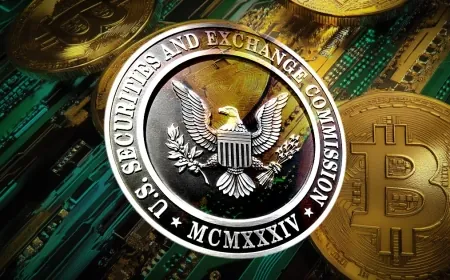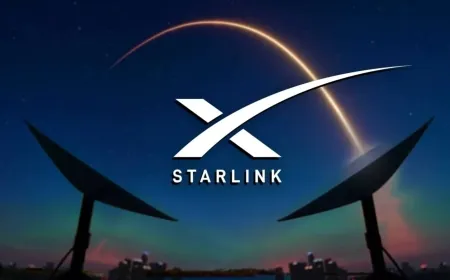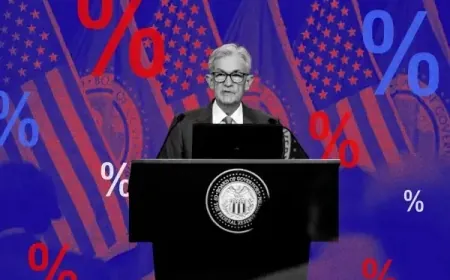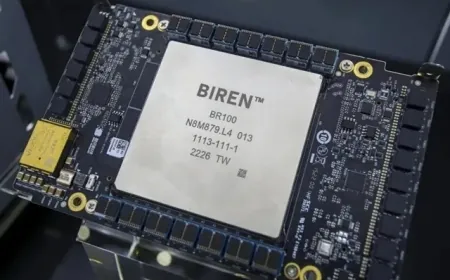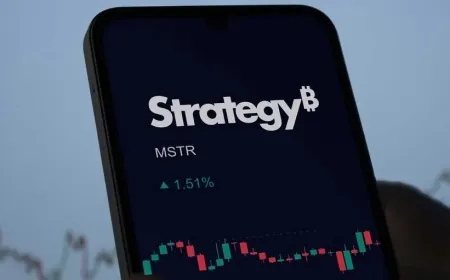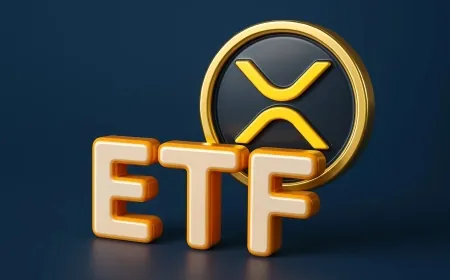Crypto and Private Equity Now Eligible for 401(k) Investments
President Trump signs an executive order allowing 401(k) investors to allocate funds to cryptocurrencies and private equity. Experts highlight potential returns, volatility, and liquidity considerations for retirement accounts.

On August 7, 2025, President Donald Trump signed an executive order expanding the investment options available in 401(k) retirement accounts. For the first time, Americans can consider adding cryptocurrencies such as Bitcoin and Ethereum, as well as private equity investments, to their retirement portfolios.
The policy has drawn attention from both Wall Street and Main Street. While alternative assets offer the promise of higher returns, they also carry significant risks, including volatility, illiquidity, and regulatory uncertainty.
Marcus Sturdivant Sr., managing member of financial advisory firm The ABC Squared, said clients have been exploring non-traditional investments for years. “Some see this as a chance to accelerate wealth growth, but the reality is that timing and liquidity constraints can create serious challenges, particularly for those approaching retirement,” he noted.
Department of Labor Updates 401(k) Rules
The Department of Labor is revising its guidance under ERISA to allow 401(k) plans to include cryptocurrencies and private equity. Previously, most retirement plans restricted investments to mutual funds, index funds, and bonds because of their stability and regulatory clarity.
The change opens the door for assets that were once limited to institutional investors or high-net-worth individuals. A spokesperson from the DOL confirmed that plan sponsors can now offer alternative funds without facing the same legal scrutiny that previously prevented them from doing so.
Early reactions show that younger investors are the most interested in the new options. At a Chicago-based advisory firm, about 12% of clients under 35 have inquired about adding digital assets to their retirement accounts since the order was announced. By contrast, interest from older participants has been minimal, reflecting concerns about volatility and long lock-up periods in private equity funds.
Private Equity: Promises and Pitfalls
Private equity involves investing in privately held companies, either directly or through pooled funds. Historically, this asset class has offered higher long-term returns than publicly traded stocks but at the cost of liquidity and transparency.
Potential Benefits:
-
Long-Term Growth: Studies show private equity can outperform the S&P 500 over multi-year horizons.
-
Diversification: Adding private equity exposes investors to different sectors, reducing reliance on public equity markets.
Risks:
-
Illiquidity: Private equity investments often require a 5- to 10-year commitment, which can prevent access to funds when needed.
-
Fees: Management and performance fees can total up to 20% of profits, potentially reducing net gains.
-
Limited Transparency: Financial reporting from private companies is less frequent, making it harder to evaluate performance.
A 55-year-old investor, for example, could face difficulty accessing funds if a private equity commitment is made late in their career. This could limit flexibility for retirement withdrawals or estate planning.
Cryptocurrencies in 401(k)s: High Risk, High Reward
Digital currencies like Bitcoin and Ethereum have surged in popularity, but they remain volatile and unpredictable.
Advantages:
-
Growth Potential: Cryptocurrencies have experienced rapid appreciation, sometimes outperforming traditional assets over short periods.
-
Portfolio Diversification: Crypto can behave independently from traditional equities and bonds, offering a potential hedge.
Risks:
-
Volatility: Prices can swing 30–50% in weeks, making timing and exposure critical.
-
Regulatory Uncertainty: Federal oversight is evolving, and tax treatment is not uniform.
-
Security Concerns: Custodial failures, hacking, and digital wallet issues can threaten investments.
Sturdivant emphasized the importance of fund structure. “Whether you hold individual coins or a fund backed by stablecoins changes the risk profile significantly. Stablecoins reduce volatility but limit growth, while traditional crypto can swing wildly,” he said.
Alternative Assets in 401(k)s: Who Is Investing
After the executive order, some retirement savers began adding crypto and private equity to their 401(k)s, but adoption remains low. A 2025 survey from the Investment Company Institute found that under 5% of plan participants held any alternative assets.
Younger investors in their 20s and 30s are more likely to experiment with cryptocurrencies. One participant in New York reported moving 10% of her 401(k) into Bitcoin and Ethereum in early 2025. Over six months, her crypto portion fluctuated between gains of 8% and losses of 12%.
Private equity participation is mostly limited to higher-income investors. One San Francisco-based software executive committed 8% of his 401(k) to a private equity fund in 2020. He received quarterly statements showing moderate gains until the fund delayed company exits in 2023, leaving his account largely unchanged.
Financial advisors note that these cases are not typical. Most 401(k) balances remain in traditional mutual funds, index funds, and bonds. The limited number of alternative asset holders highlights the practical constraints of liquidity, reporting, and long-term lock-up periods.
Regulatory and Tax Considerations
Alternative assets in retirement accounts carry unique regulatory and tax implications:
-
ERISA Compliance: Plan sponsors must ensure fiduciary duties are met when offering complex investments.
-
Tax Treatment: Gains from crypto or private equity may differ from traditional investments, affecting withdrawals and retirement income.
-
Estate Planning: Illiquid investments may complicate inheritance plans for beneficiaries.
Financial advisors recommend reviewing these factors before making any investment decisions.
Expert Advice for Investors
-
Understand the Product: Learn the mechanics of private equity funds and cryptocurrency holdings.
-
Assess Risk Tolerance: Determine how much risk you can absorb without jeopardizing retirement.
-
Diversify Carefully: Avoid putting large percentages of your 401(k) into highly volatile assets.
-
Monitor Investments: Alternative assets require regular oversight to respond to market and regulatory changes.
-
Consult Professionals: Advisors with expertise in alternative assets can provide tailored guidance.
401(k) Challenges with Crypto and Private Equity
The executive order allowing 401(k) plans to include cryptocurrencies and private equity is reshaping retirement investing. Marcus Sturdivant Sr., managing member of The ABC Squared, said early adopters are weighing private equity’s historically higher returns against long lock-up periods, which can last up to ten years. “Participants in their 50s may find these investments inaccessible when they need the funds most,” he explained.
Cryptocurrencies bring their own complications. Bitcoin alone experienced swings exceeding 60% in 2022, demonstrating the volatility these assets could introduce into retirement portfolios. Analysts also warn that future regulatory adjustments—tax changes, reporting requirements, or new oversight—could impact account values in ways not seen with traditional funds.
According to industry data, fewer than 5% of 401(k) participants currently hold alternative assets, reflecting caution and implementation challenges. Experts emphasize the importance of understanding fund structures, lock-up periods, and allocation limits before committing any portion of a retirement account to these high-risk investments.
The policy shift expands investor choice but does not guarantee higher returns. The critical question for retirees and those nearing retirement is whether private equity and crypto can be integrated without undermining the stability that has made 401(k) plans a cornerstone of U.S. retirement planning.
Also Read: How to Use Your 401(k) or IRA for Real Estate Investments Without Breaking the Rules













